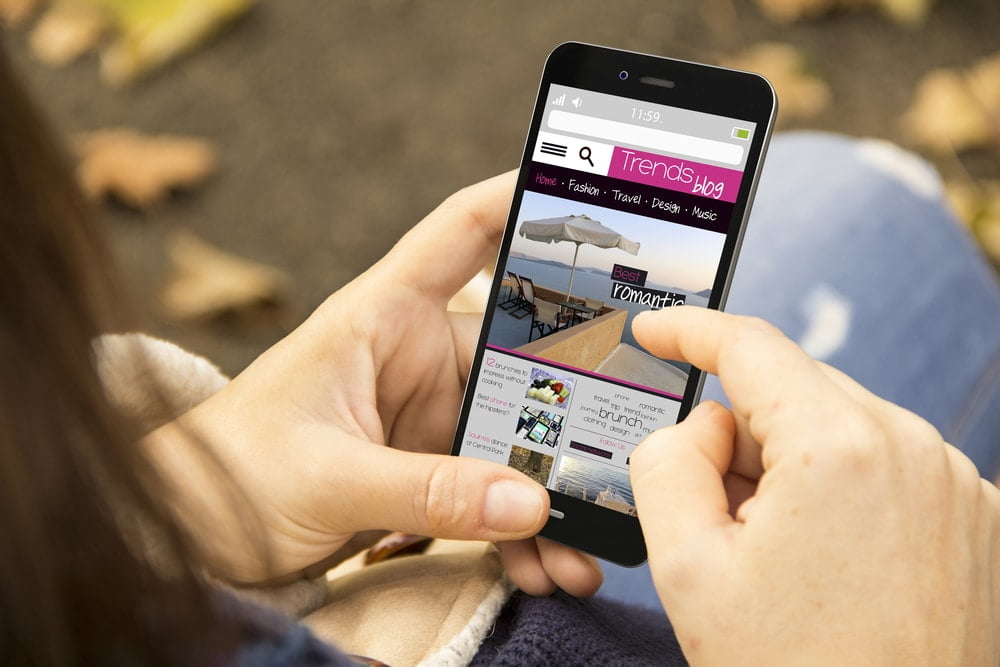
Everybody likes to get a good deal, and it seems like everywhere you turn, there is another company that’s making it easier for businesses to create and distribute special offers. The question is whether discounting your products or services is in line with your overall marketing strategy. Let’s look at the good and the bad of running promotional offers.
The Good:
Running a special offer entices consumers to purchase something they may not have purchased otherwise. Daily Deals sites like Groupon can create a huge surge for merchants and have put some companies on the map.
A certain percentage of incremental business (purchases that wouldn’t have happened without the special offer) provides an opportunity to acquire new customers and/or greater frequency from existing customers. If you are confident of delivering a great buying experience, there is a good likelihood that these customers will become repeat customers and refer others to your business.
The Bad:
Some consumers are strictly bargain hunters, jumping from one deal to the next. They will redeem your offer and not patronize your business again unless you run another special offer. In addition, a percentage of regular customers will take advantage of the special offer even though they would have purchased without the special offer. If you are unwilling to deal with bargain hunters and/or don’t feel like rewarding current customers with special offers, discounting may not be appropriate for your business. In addition, if you discount excessively, you could discourage full price purchasing which can have an adverse impact on your brand.
Five Things To Do If You Decide To Run A Special Offer
If it’s right for your business, and you’ve made the decision to promote your business through savings incentives, here are five key things to keep in mind to make the most of this marketing effort:
- Creating an enticing offer doesn’t need to break the bank, even if you are working with a Daily Deals site which requires you to run a 50% off deal. Figure out your average purchase and make the face value less than that amount. For instance, if you own a restaurant and know that the average ticket is $60 for two people, make the face value of the certificate $30. In that way, you are really giving 25% off ($15 off of $60.)
- Put a purchase “package” together that requires consumers to purchase more than they normally would. For example, if you’re running a promotion for a golf course, package in range balls, greens fees and lunch.
- If possible, steer business to time periods that are not normally busy. Run the specials on weekdays instead of weekends, or days instead of nights.
- Be proactive in generating repeat business by collecting email or physical addresses and remarketing to these customers.
- Train your staff to approach customers with up sell or cross sale opportunities. This will increase the average ticket and essentially lower the percentage savings.
Who Are Some of the Players In The Incentive Industry?
Old School:
Before the world was digitally connected, couponing existed offline with direct mail marketing companies like Val-Pak, Money Mailer and Clipper Magazine along with newspaper insert companies like Valassis. Businesses typically pay based on the circulation of the publication on a cost per thousand basis. While direct mail advertising is certainly not enjoying the growth that it did years ago, there is still a value in reaching consumers through the traditional mailbox. All of the companies listed above now have an Internet presence as well, and allow participating advertisers to reach consumers online and offline.
Daily Deal Sites:
Starting out a little over two years ago, Groupon created a new industry by having consumers buy special offers online in advance. Living Social, Google Offers, and literally hundreds of others companies followed suit and the daily deals business is now a multi-billion dollar industry. Featured deals save consumers 50% or more. Businesses “pay” for the advertising service by sharing as much as 50% of the collected funds with these Daily Deals sites. That equates to merchants being paid an estimated 25% of the face value of the savings certificate by the Daily Deals site that collects the revenue.
Facebook:
According to research from ExactTarget, 58% of Facebook users expect to receive discounts or promotions when they ‘like’ a business page. Recently, Facebook rolled out its new Offers product to all local business pages in the U.S. Offers is a free feature that allows marketers to create coupons to share on their timeline. Fans of the business can then share the offers with their friends. Offers was previously in test mode, but is now accessible for all US local businesses on Facebook. For merchants that have built up a sizable fan base, this may be an extremely cost effective way to run a special offer.
In Conclusion
You should consider running special offers if it doesn’t conflict with your brand position, you enjoy healthy profit margins, and you have the capacity to handle a surge of consumers. Make sure that you are staffed and set up to provide an exceptional customer experience. This will increase the likelihood of repeat and referral business. Just be careful not to overdo it. A healthy marketing effort communicates why consumers should buy from you without a special offer. Saving money should be icing on the cake, not the cake itself.
What is your experience with special offers? Comment and join the conversation.


